The German gluten-free food market, once a booming sector fueled by rising health consciousness and diagnostic advancements, is showing signs of saturation. After years of double-digit growth, industry analysts note a palpable slowdown as consumer demand stabilizes. What was once a niche market catering primarily to those with celiac disease or gluten intolerance has now permeated mainstream supermarkets, leaving little room for explosive expansion.
Market Maturity and Shifting Consumer Trends
The initial surge in gluten-free products was driven by a combination of factors: increased awareness of gluten-related disorders, celebrity endorsements of gluten-free diets, and a broader wellness movement that vilified gluten as a dietary villain. However, the fervor has cooled. While the core demographic of medically necessitated consumers remains loyal, the "lifestyle" buyers—those who adopted gluten-free eating as a choice rather than a requirement—are retreating. Many have grown disillusioned with the taste, price premiums, or questionable health benefits of processed gluten-free alternatives.
Retailers report that shelf space for gluten-free items, which expanded aggressively between 2015 and 2020, has begun to contract. Discount supermarkets like Aldi and Lidl, which jumped on the trend early, are now rationalizing their assortments. "We’re seeing a normalization," notes a procurement manager for a major German grocery chain. "The novelty has worn off, and consumers are more discerning. They’re questioning whether a gluten-free pretzel is genuinely healthier or just more expensive."
Competitive Pressures and Innovation Stagnation
The market’s saturation is exacerbated by a lack of meaningful product differentiation. Early innovators like Schär and Barilla’s gluten-free lines dominated the space, but newer entrants have struggled to carve out unique value propositions. Private-label offerings from retailers have further squeezed margins, making it difficult for smaller brands to compete on price. "The low-hanging fruit is gone," admits the CEO of a midspecialty gluten-free bakery near Munich. "We can’t just slap ‘gluten-free’ on packaging and expect sales. Consumers want functional benefits—better texture, cleaner labels, or sustainable sourcing."
Product development has also hit a plateau. Many gluten-free staples—breads, pastas, and snacks—still suffer from sensory compromises compared to their conventional counterparts. While ingredient technologies (like fermented rice flour or chickpea protein) have improved, breakthroughs are incremental rather than revolutionary. This stagnation has led some manufacturers to pivot toward adjacent categories like grain-free or paleo products to reignite growth.
The Role of Regulation and Labeling Fatigue
Germany’s stringent food labeling laws, once a boon for the gluten-free sector, may now be contributing to its slowdown. The ubiquitous "glutenfrei" seal (mandated for products under 20 ppm gluten) has become so commonplace that it no longer commands consumer attention. Paradoxically, the very transparency that built trust has rendered the label mundane. "It’s like organic certification ten years ago," observes a Düsseldorf-based food marketing consultant. "When every third product in the bakery aisle is gluten-free, the claim loses its cachet."
Meanwhile, newer dietary trends—keto, low-FODMAP, and plant-based—are siphoning off consumer interest. Younger demographics, in particular, view gluten avoidance as passé, favoring instead protein-focused or climate-conscious eating patterns. Social media analysis reveals a 40% decline in gluten-free recipe shares since 2019, with hashtags like #guthealth or #zerowaste gaining prominence.
Future Pathways: Beyond the Gluten-Free Bubble
Despite the headwinds, opportunities persist for brands willing to adapt. Some companies are bundling gluten-free attributes with other sought-after benefits—for instance, combining gluten-free with high-protein or probiotic-enriched formulations. Others are targeting underserved niches, such as gluten-free convenience foods for busy professionals or indulgent desserts that don’t compromise on taste.
The export market also presents a lifeline. While Western Europe plateaus, demand in Eastern Europe and Asia continues to grow. German manufacturers, leveraging their reputation for quality and safety, are increasingly eyeing these regions. However, this strategy requires navigating divergent regulatory landscapes and local taste preferences—a challenge that not all firms are equipped to handle.
Ultimately, the German gluten-free market isn’t collapsing; it’s evolving. The gold rush mentality has given way to a more mature, competitive landscape where only the most agile and consumer-centric players will thrive. As one industry veteran puts it: "The wheat has been separated from the chaff—pun intended."
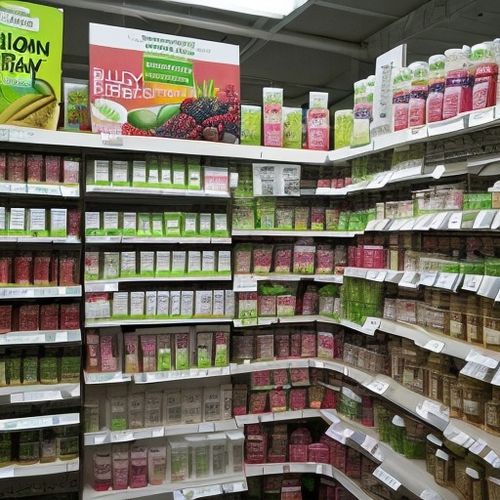
By Elizabeth Taylor/Apr 10, 2025

By Laura Wilson/Apr 10, 2025

By Natalie Campbell/Apr 10, 2025
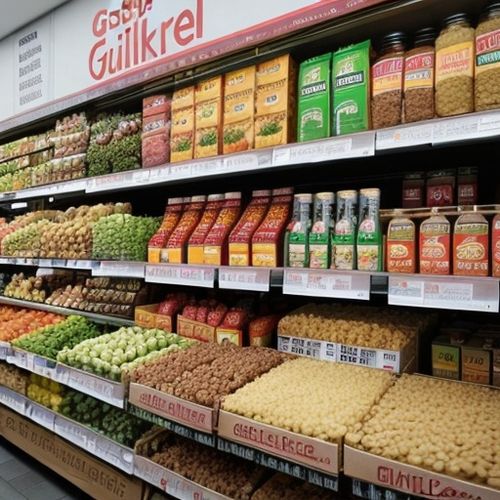
By Daniel Scott/Apr 10, 2025
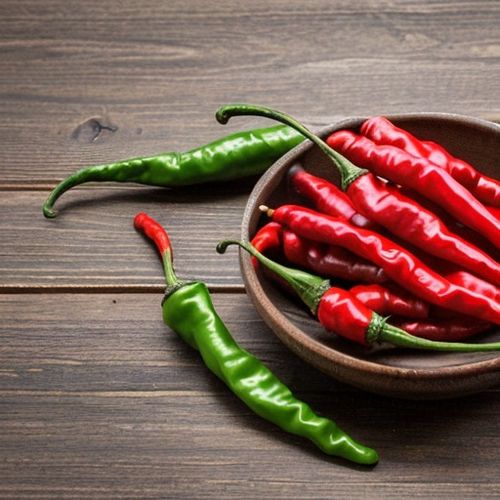
By Sarah Davis/Apr 10, 2025
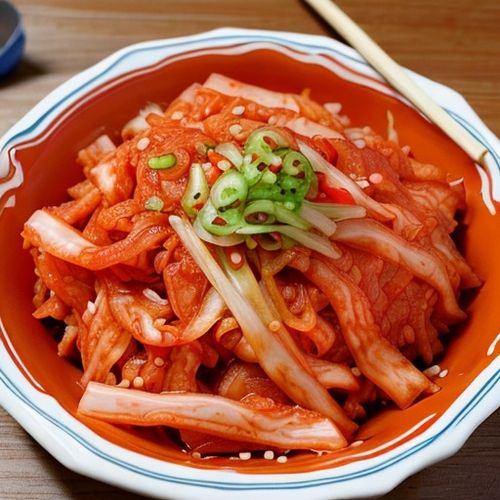
By Michael Brown/Apr 10, 2025
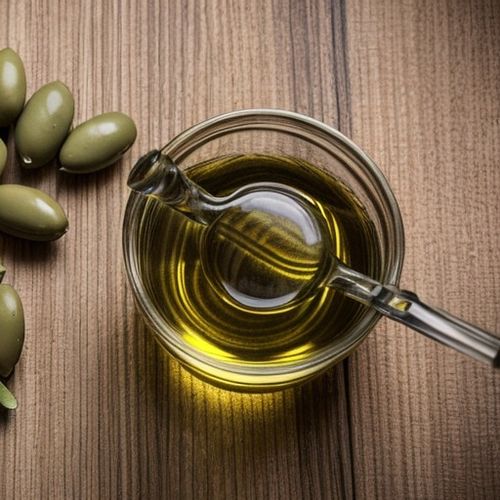
By George Bailey/Apr 10, 2025
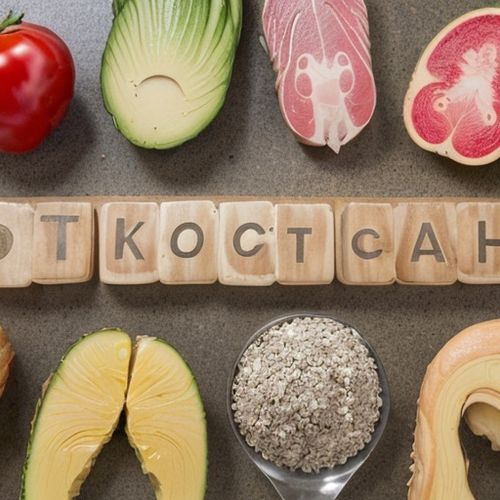
By Thomas Roberts/Apr 10, 2025
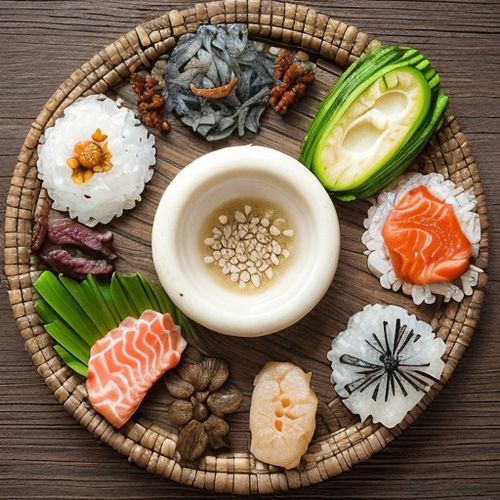
By Sarah Davis/Apr 10, 2025
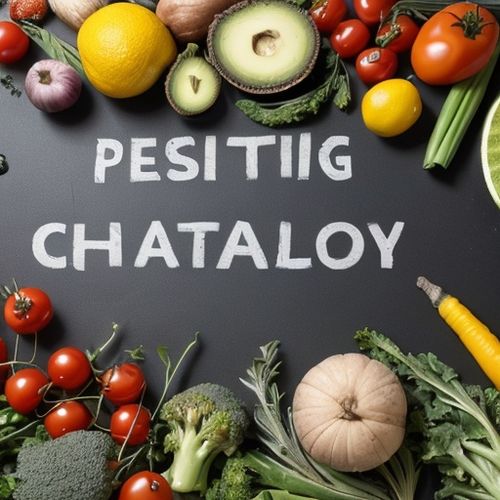
By William Miller/Apr 10, 2025
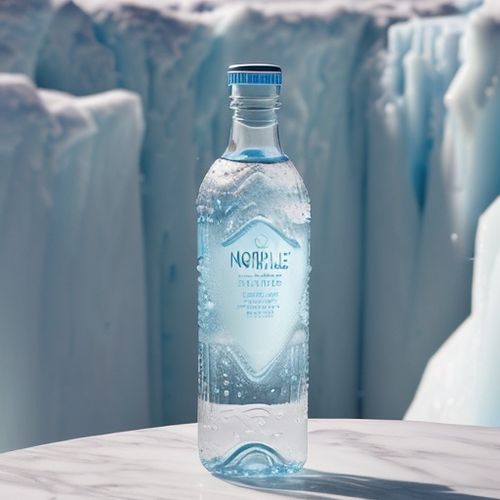
By Natalie Campbell/Apr 10, 2025
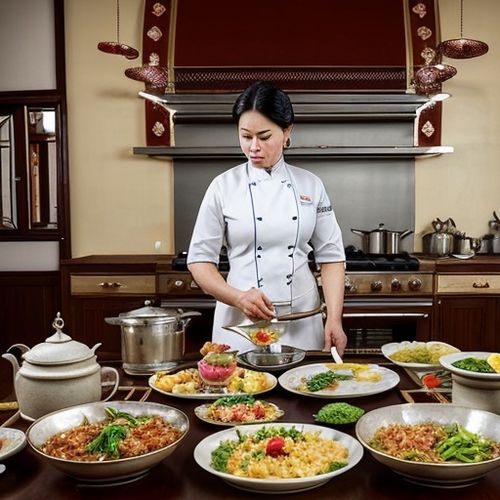
By Ryan Martin/Apr 10, 2025
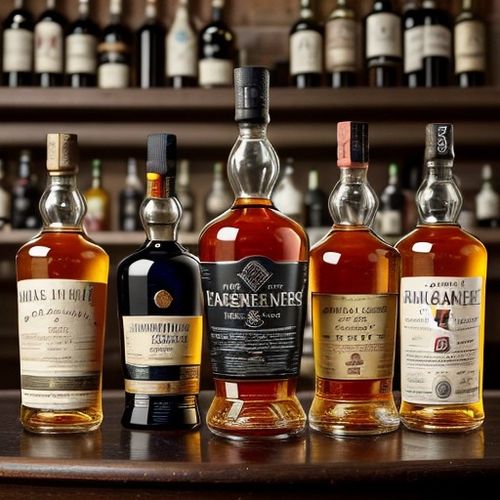
By Benjamin Evans/Apr 10, 2025
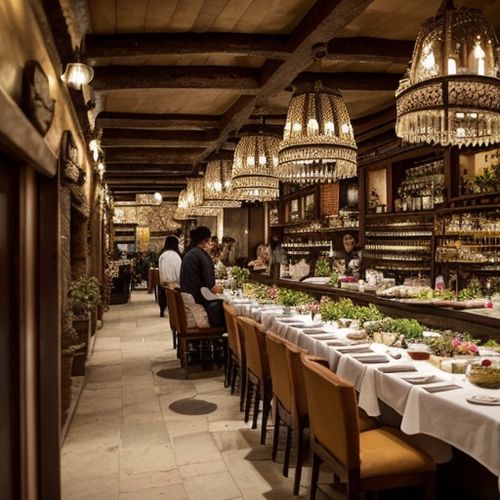
By John Smith/Apr 10, 2025

By Grace Cox/Apr 10, 2025
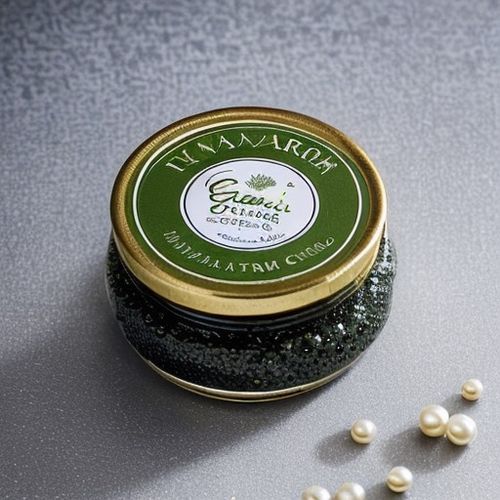
By Victoria Gonzalez/Apr 10, 2025
By Natalie Campbell/Apr 10, 2025